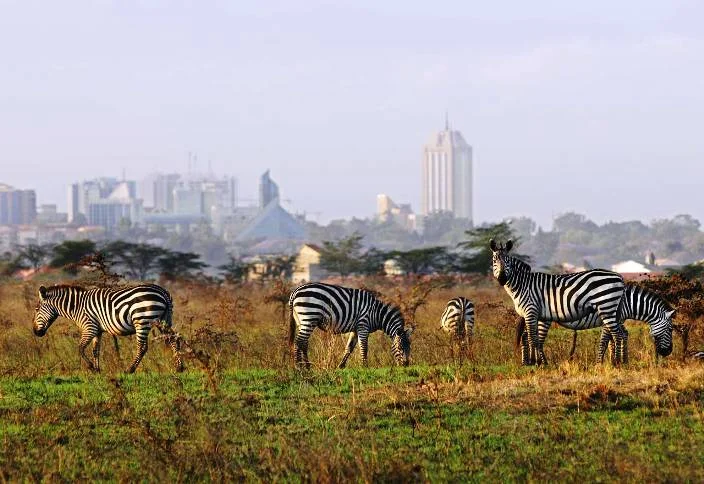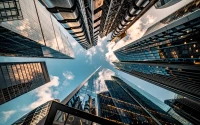Nairobi's Art Scene is Booming—And Here's Why It Matters
Okay, folks, buckle up because something seriously exciting is happening in Nairobi, and it’s bigger than just some paintings selling for millions. I'm talking about a cultural shift, a vibrant explosion of artistic expression that's about to ripple across the continent and beyond.
I'm not just saying that. Last week, the Art Auction East Africa in Nairobi raked in over Sh29 million (Kenyan shillings, that is!), surpassing all expectations. Art lovers spend Sh30m a night at Nairobi auction We're talking about a record-breaking night where art lovers battled it out for rare pieces, with a 1968 painting by Tanzanian artist Francis Msangi snagging the top spot at Sh3.5 million.
What's really grabbing my attention isn't just the money—though that’s definitely a sign of a healthy and growing art market. It’s the energy behind it. You see, art isn’t just decoration; it’s a reflection of a society's soul, its values, and its aspirations. When an art scene explodes like this, it signals something profound is happening. It's like when Gutenberg invented the printing press—suddenly, ideas could spread like wildfire, sparking a Renaissance. What if Nairobi is on the cusp of a similar cultural renaissance?
A Cultural Powerhouse Emerges
Think about it: Nairobi is already a hub for technology, business, and innovation in East Africa. Now, add a thriving art scene to the mix, and you've got a city buzzing with creativity and ideas. This isn't just about wealthy collectors buying pretty pictures. It's about fostering a community of artists, curators, and enthusiasts who are pushing boundaries, challenging norms, and shaping the future.
The auction itself showcased the incredible talent coming out of East Africa, with Tanzanian artists dominating the top slots. But it also highlighted the importance of platforms like Circle Art Agency, which has been working tirelessly to cultivate a secondary market for East African artists since 2013. Danda Jaroljmek, the director, said the works on sale "underscore the breadth of artistic practices over the past six decades," and I think that's spot on. We're seeing a culmination of years of hard work, dedication, and a growing appreciation for African art on the global stage.

And it’s not just about the established artists. The auction also featured works by emerging talents like Justus Kyalo, whose painting "More Light a Little" fetched a cool Sh1 million. These are the voices of the future, the artists who are going to shape the narrative of Africa for generations to come.
I think back to when I first came to MIT. It was like walking into a hive of pure brainpower, and it honestly blew my mind. Being surrounded by people who were so passionate and driven, well, it changed my life. I see that same kind of energy brewing in Nairobi's art scene, and it’s giving me chills.
Now, of course, with any kind of rapid growth, there are challenges. Ensuring that artists are fairly compensated, that the market remains accessible to all, and that the focus stays on artistic merit rather than just financial gain—these are all important considerations. But I have faith that the community in Nairobi can navigate these challenges and create a sustainable and equitable art ecosystem.
What does this mean for us, though? What does this mean for you? Well, for one thing, it means that there's never been a better time to invest in African art. But more importantly, it means that we need to pay attention to what's happening in Nairobi. This isn’t just a local phenomenon; it's a global movement. It's a reminder that creativity knows no borders, and that the most exciting ideas often come from unexpected places.
Nairobi is Painting the Future
I'm telling you, this is just the beginning. The Nairobi art scene's explosion is a testament to the power of art to transform societies, inspire innovation, and connect people across cultures. It's a reminder that the future is being painted, sculpted, and designed right now, and that Africa is taking its rightful place at the forefront of the global creative revolution. We need to support it, celebrate it, and learn from it. The world is watching, and I, for one, can't wait to see what happens next.









